Move over, rice! Fluffy, flavorful quinoa might be your new go-to side. Here’s your guide to help you take the guesswork out of How To Cook Quinoa!

If you find quinoa a bit of a mystery, you’re not alone. You might have heard it called one of the “ancient grains,” only to find out it’s technically not a grain at all (it’s a seed). And you might have been told to cook it until tiny white “tendrils,” “spirals” or “tails” appear on each grain of this non-grain (tails? really?). But what just about everyone agrees on is this: quinoa is delicious, nutritious, and a very tasty alternative to rice, so knowing the easy art of cooking it will really pay off.
Quinoa is often called trendy despite having been cultivated for well over 3,000 years. The Incas called it chasaya mama (“the mother of all grains”) and considered it sacred. Fast-forward thousands of years, and the United Nations declared 2013 ‘The International Year of Quinoa.’ With such a storied history, you’d think we would all know how to make it perfectly, but quinoa can stump even confident cooks. And that’s a shame. Quinoa is higher in protein than almost all grains, cooks in under 30 minutes (pretty fast compared to most whole grains), and is particularly delicious. Sound like a great weeknight go-to? It is!
So what does a perfect bowl of quinoa look and taste like? When properly cooked, quinoa is fluffy, light, and airy with distinct round grains that have just a hint of bite. The flavor is nutty and lightly earthy with a touch of sweetness. It’s excellent alongside main courses like roasts, grilled meats, and vegetarian dishes, but it can also be a great base to ladle stews, curries, and stir-fries over. Plus, you can cool it to room temperature and add it to salads or grain bowls. Read on to learn how to make the ancient grain as deliciously and worshipfully as it should be!
Is Quinoa Healthy?
Quinoa has been recognized as a healthy food for thousands of years. Although technically a seed, it’s sometimes called a “pseudocereal” and is often lumped in with whole grains because of how it’s served and its nutritional qualities. Like whole grains, quinoa is rich in fiber, B vitamins, and minerals like iron and magnesium. It also contains more protein than most other common grains—almost twice as much as brown rice. Plus, it has the benefit of being gluten-free and of having a lower glycemic index than most grains.
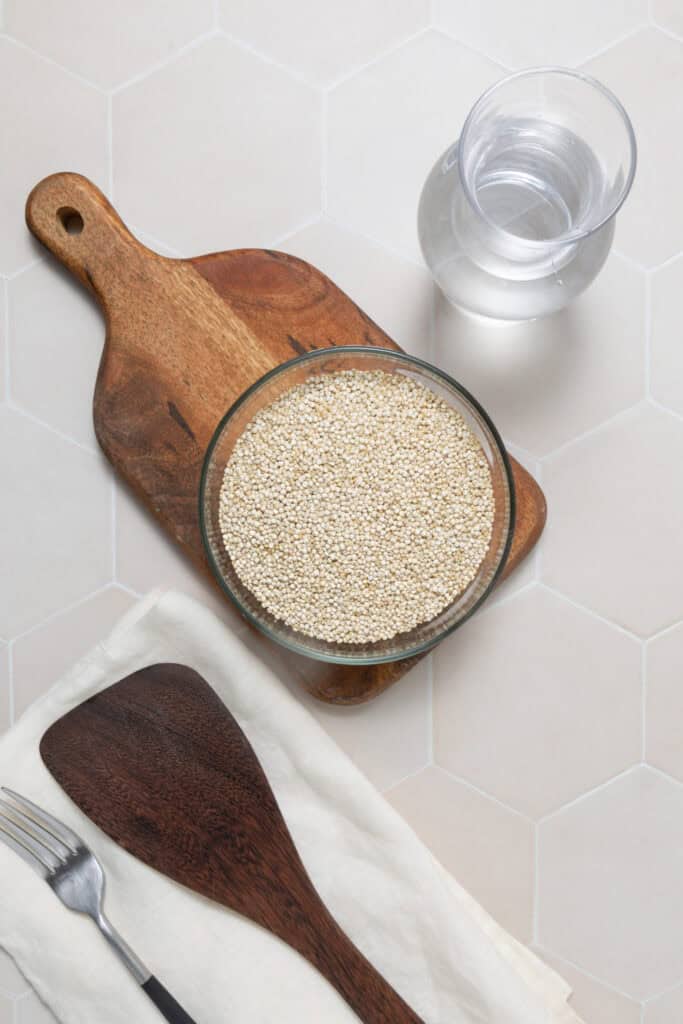
Why And How You Should Rinse Quinoa
Most grains don’t require rinsing if they’re processed and stored correctly, but quinoa is an exception. The reason is saponins, a natural coating on the outer layer of the seed that protects it from pests. While saponins’ mild toxicity isn’t a major concern to humans, their distinctive bitter, soapy taste can make a pot of quinoa unappetizing. Much, but not all, of the quinoa sold commercially has been pre-washed or undergone a scouring process to remove saponins. This is usually noted on the package, but if it’s not, or if you buy quinoa in bulk, you should assume it hasn’t been. And even if it’s processed to remove saponins, you may want to rinse it anyway: Residual saponins could be detected by those very sensitive to its taste.
There are two super-easy ways to rinse quinoa. The first is just to place it in a fine-mesh strainer and run cold water over it for about a minute, shaking or stirring the grains a few times. The second is to pour it into a large bowl and add a few inches of cold water. Stir the grains a couple times, then pour off the water by tilting the bowl and using a lid or your hands to keep any grains from escaping. Repeat until the water runs clear and you don’t see any suds on the surface.
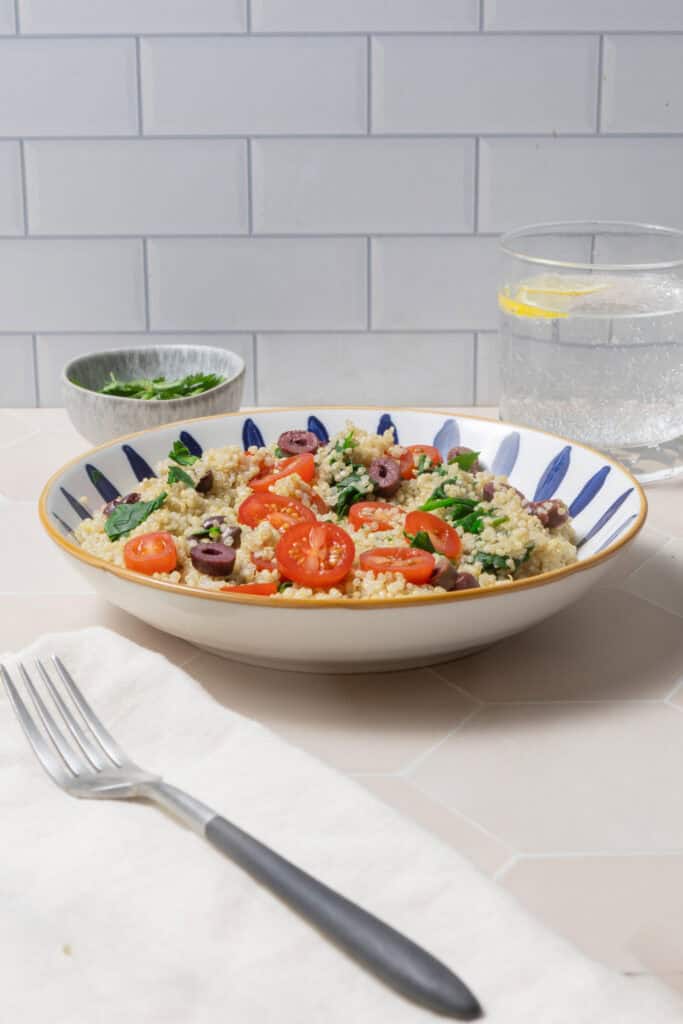
How Do I Store Leftovers?
Quinoa stores very well, so feel free to make an extra-large batch. Simply cool leftovers and refrigerate them in an airtight container for up to 4 days. To reheat, place the quinoa in a microwave-safe bowl or in a saucepan. Sprinkle the top with 1 to 2 tablespoons of water, depending on the size of the batch, then microwave in 1-minute increments until hot, or place the saucepan over medium-low heat until hot. Use a folding rather than stirring motion to move the grains so they reheat evenly without becoming mushy. It also freezes well. Load the cooled quinoa it into airtight containers or zip-close freezer bags, place in the freezer, and use within 3 months.
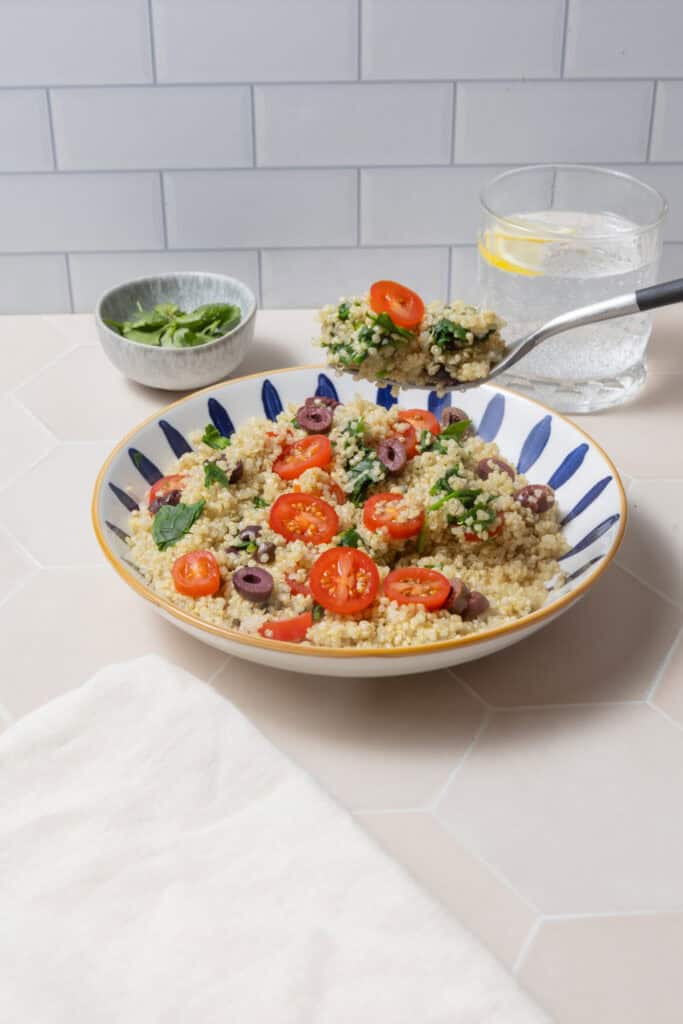
Serving Suggestions
The good news is you can serve quinoa with just about anything you would serve rice with. Mound it alongside curries like Red Lentil Curry or Thai Shrimp Curry. Try it with Broccoli Tofu Stir-Fry or Ground Beef Stir-Fry. Or use it to boost the heartiness of salads, soups, or casseroles. Make up a delicious grain bowl like this Quinoa Breakfast Bowl with it, or use it instead of brown rice in this colorful Salmon Bowl.
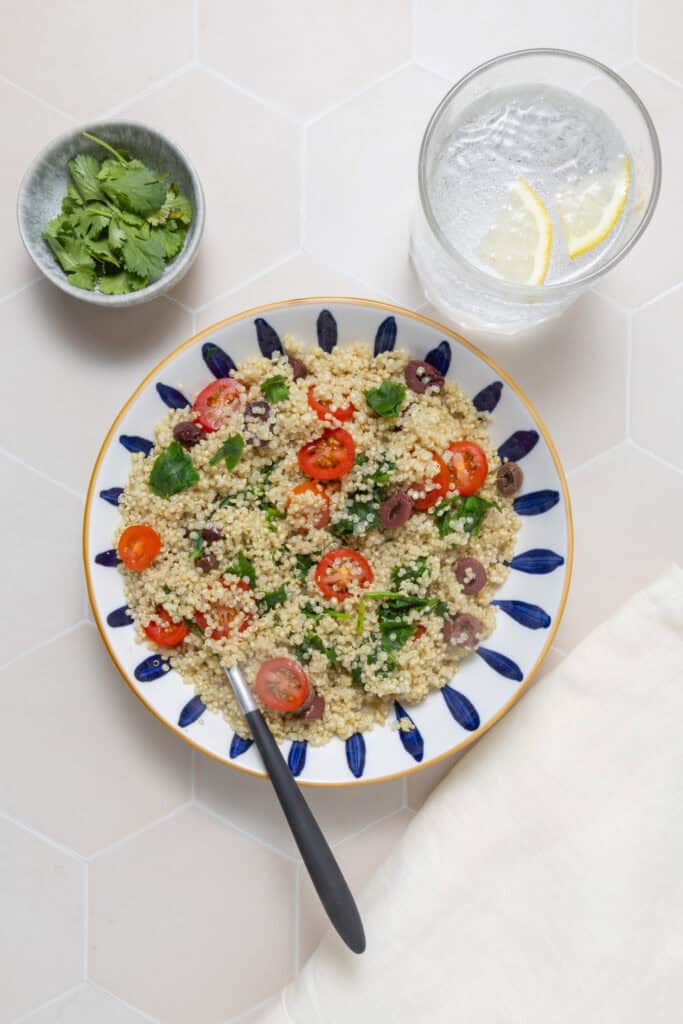
Recipe
Ingredients
- 1 cup quinoa rinsed
- 1 3/4 cups water
- Salt to taste
Instructions
- Combine the rinsed quinoa, water and salt in a medium pot.
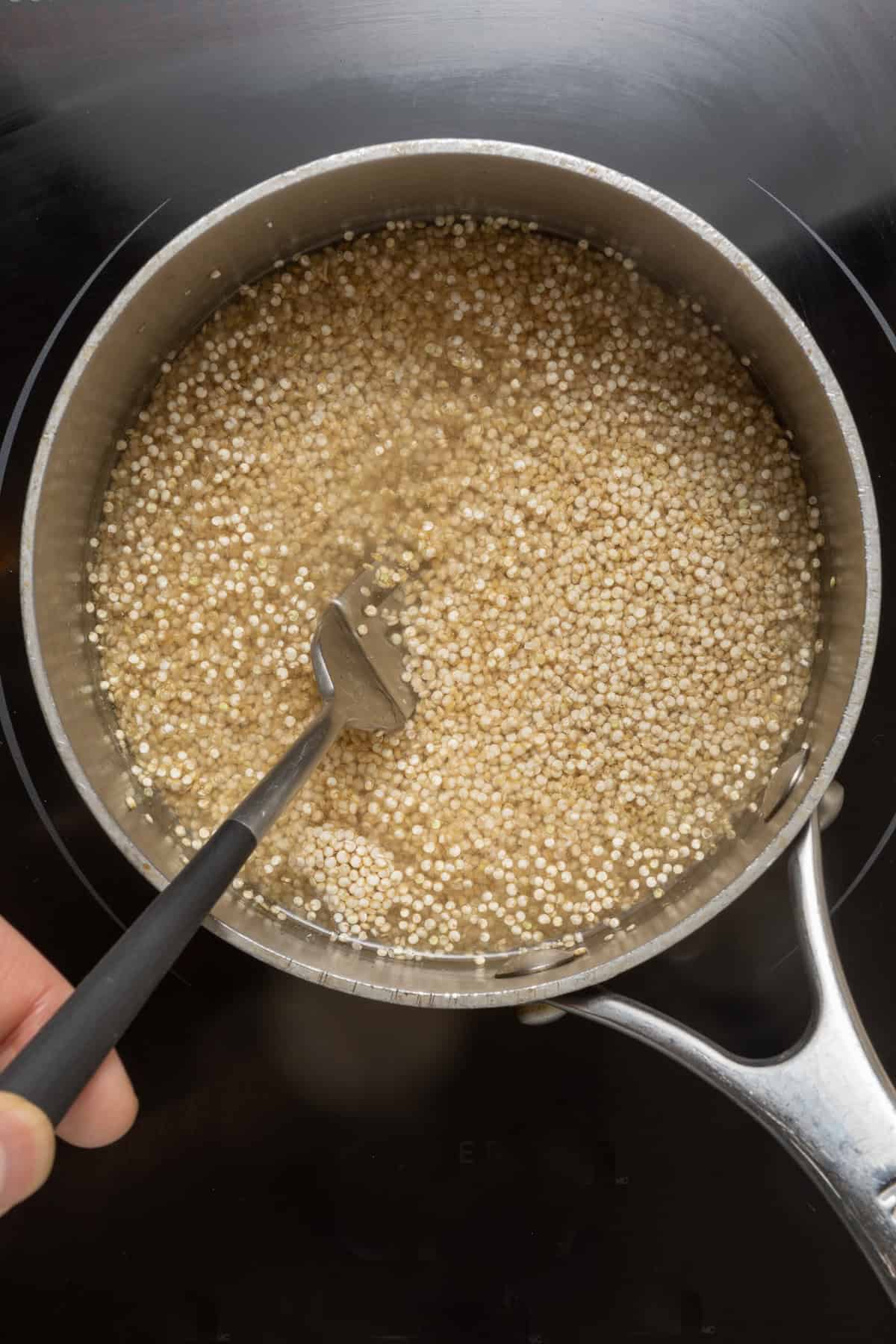
- Bring the mixture to a boil, then cover the pot, reduce the heat to low, and let it simmer for 15 minutes.
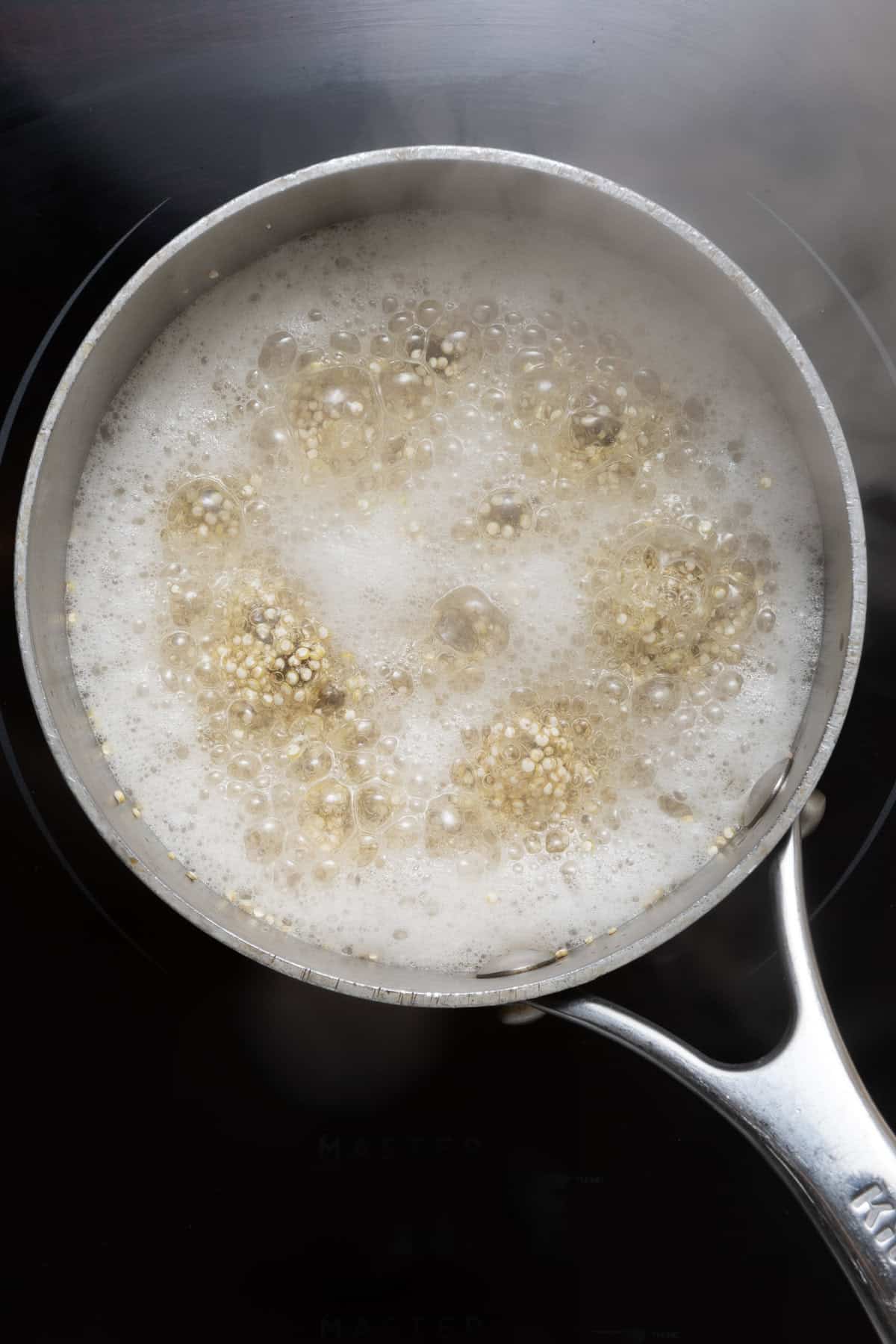
- Turn off the heat and allow the pot to sit, still covered, for an additional 10 minutes to steam the quinoa.

- Fluff the cooked quinoa with a fork to separate the grains and serve.
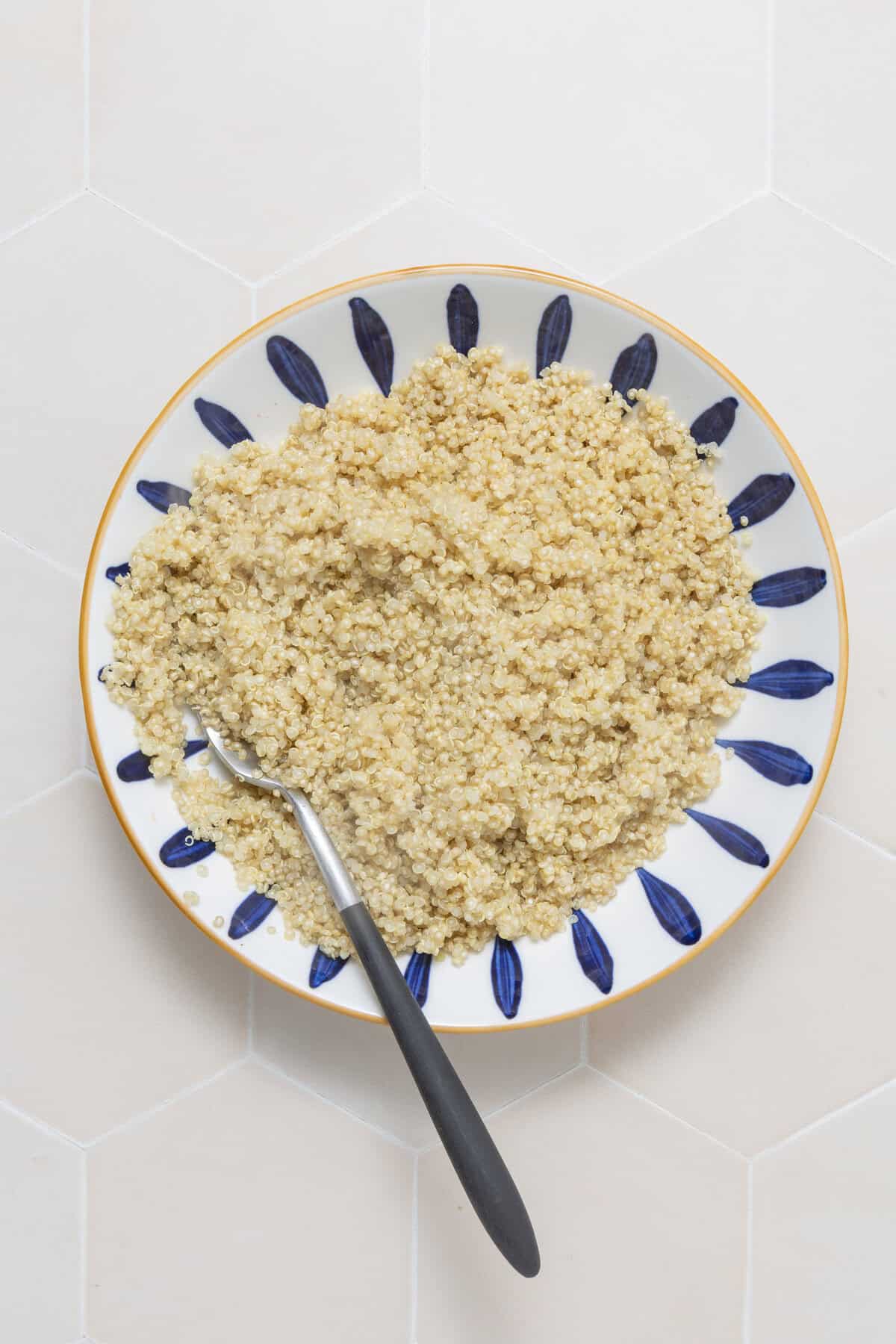
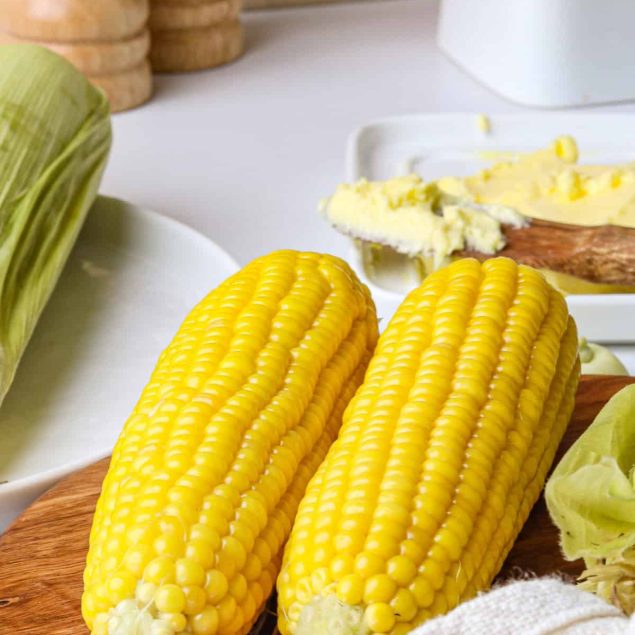

Leave a Comment